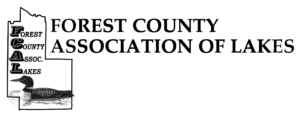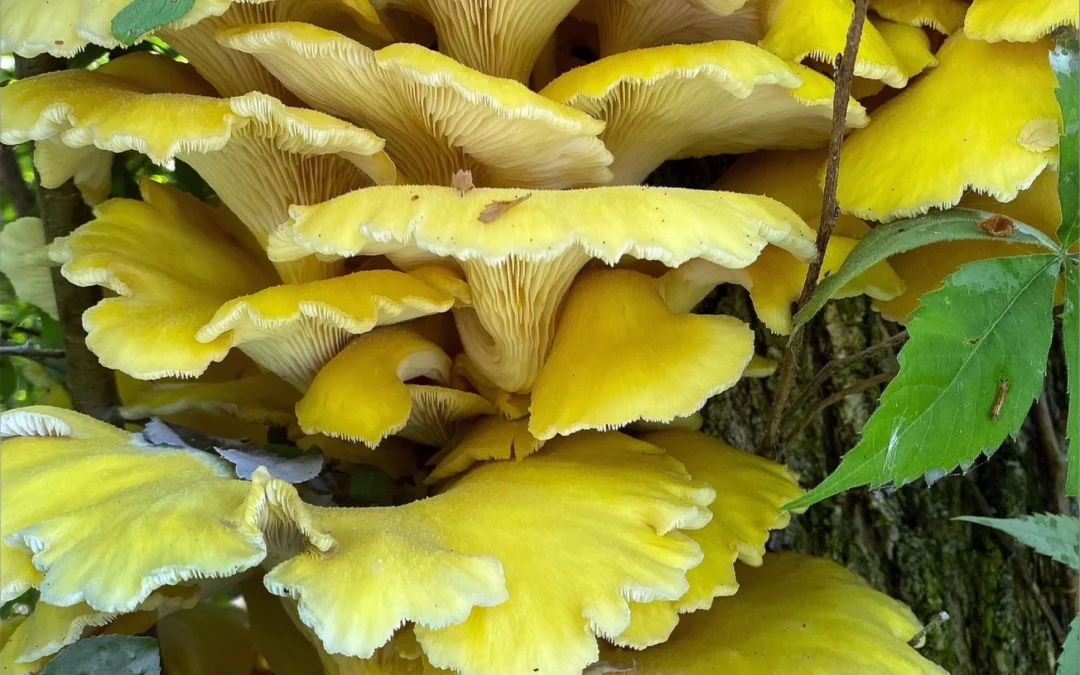Golden oyster mushrooms are a striking variety of the
oyster mushroom family, known for their bright yellow
caps and fan-like shape. Native to subtropical regions of
East Asia, they thrive in warm, humid environments and
are often cultivated for their culinary appeal. Their mild,
nutty flavor and tender texture make them a favorite
among mushroom enthusiasts and chefs alike. However,
their adaptability and rapid growth rate have made them a
species of concern when introduced outside their native
range. Unlike some fungi that are slow to colonize, golden
oyster are aggressive decomposers, capable of breaking
down a wide variety of organic materials. This trait, while beneficial in controlled
agricultural settings, can become problematic in the wild. These mushrooms presence
in Northern Wisconsin is likely the result of human activity. There are two primary ways
invasive fungi like this can spread though. The first is intentional cultivation gone wrong,
mushroom growers will often grow mushrooms on logs or sawdust blocks, if spores
escape into the wild, they can establish themselves in local ecosystems. The second is
by unintentional transport. Spores are microscopic and can easily hitch a ride on
clothing, tools, or even the wind. Once introduced to a suitable environment, they can
quickly colonize new areas. At first glance, the mushroom might not seem like a
significant threat, but its introduction into Northern Wisconsin’s ecosystems could have
far-reaching consequences. Some the impacts that this includes is competition with
native fungi, impacts on decomposing processes, potential for monocultures (when a
single species dominates an area), and last is unknown long-term effects. But there are
steps that can be taken to mitigate the spread of the golden oyster mushroom. The first
is public awareness, educating the public about the risks of cultivating non-native
species is essential. Another way of mitigating the spread is monitoring the research,
understanding how these non-natives interact with native species will be key to
developing effective management strategies. One common strategy is early removal
efforts, removing these plants before they establish a strong foothold is always a good
thing to do. If you happen to run into any non-native species/fungi, you can report them
to the Wisconsin DNR.
Conservation Corner is a weekly article produced by the Forest County Land Conservation and
Land Information Department. For more information contact Lucas O’Brien, Forest County Land
Conservation Technician at 715-478-1387 or by e-mail at

